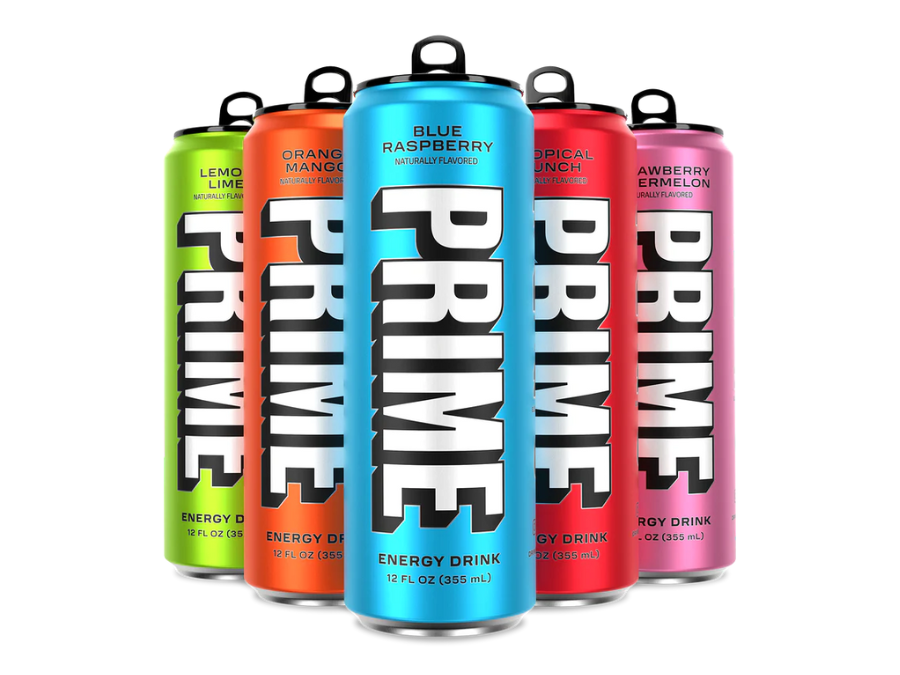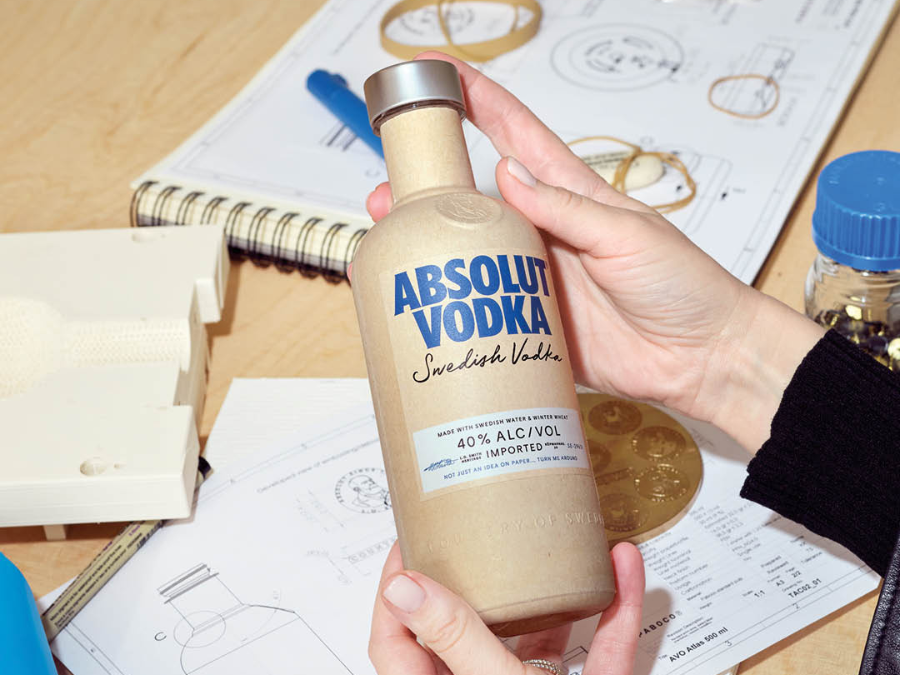 The row that has erupted over Diageo’s decision to alter the content of its Cardhu Scotch brand has far wider implications for the industry as a whole than whether the drinks giant is sacrificing Scotch heritage for its bottom line, as Chris Brook-Carter discusses.
The row that has erupted over Diageo’s decision to alter the content of its Cardhu Scotch brand has far wider implications for the industry as a whole than whether the drinks giant is sacrificing Scotch heritage for its bottom line, as Chris Brook-Carter discusses.
When is a malt whisky not a malt whisky? When it’s Cardhu, if you believe Diageo’s critics. The extraordinary furore that has erupted around the company’s decision to change the contents of this brand from a single malt, to what is being called a “pure malt” – basically a blend of different malts – has even reached the corridors of Westminster.
Diageo defended its corner vigorously this week, by arguing that Scotch, like every other drinks category, must innovate to avoid stagnating. But the consensus within the industry still seems to be that the company has tried to pull the wool over the eyes of the trade and the consumer.
Those who have always maintained that the interests of the heritage-rich drinks industry and those of big business are incompatible are having a field day. This, they say, is just another example of the big corporation running roughshod over the collective good, in the hunt for a boost to the bottom line.
Though I know this may not be a popular opinion, I am inclined to side with Diageo on this one – at least in part. Firstly, it is not the case that Diageo has tried to sneak this past the trade. An announcement was made to journalists in June outlining the plans and giving the clear and honest rationale that the company was unable to meet demand for the brand with stocks from the Cardhu distillery alone. The question, therefore, is why has it taken this long for opposition to mobilise?
Of course it is never nice to see a famous malt brand fall by the wayside, but in this situation what should Diageo do? Simply let sales of one of the fastest growing Scotch brands stagnate?
How well do you really know your competitors?
Access the most comprehensive Company Profiles on the market, powered by GlobalData. Save hours of research. Gain competitive edge.

Thank you!
Your download email will arrive shortly
Not ready to buy yet? Download a free sample
We are confident about the unique quality of our Company Profiles. However, we want you to make the most beneficial decision for your business, so we offer a free sample that you can download by submitting the below form
By GlobalDataIndeed, I would go so far as to say that, as an industry leader, it has a responsibility to drive the category forward as best it can, particularly if this means continuing to meet demand for a brand that young consumers are clearly identifying with – which is nothing to be sniffed at within the Scotch trade. And those concerned that Diageo will now be able to churn out any old rubbish and call it Cardhu are (I hope) mistaken. This is not some tin-pot distiller producing moonshine, but one of the world’s leading FMCG companies that knows it must maintain certain quality standards to maintain drinking loyalty (a lesson that was hammered home recently with the Captain Morgan Gold debacle).
This is not to say the approach has been flawless. Certainly, there is an issue of clarification and something has to be done to differentiate Cardhu single malt from Cardhu pure malt more clearly, as few consumers are going to understand the difference as it stands. This is not the same drink and clearly shouldn’t be sold as such.
But the lessons to be learnt from this row are industry-wide rather than confined to the halls of Diageo HQ. ‘Single malt’, ‘pure malt’, ‘pure single malt’, ‘blend of pure malt’ and ‘vatted malt’ are all terms currently in use to describe Scotch brands, without any clear guide for the consumer as to the meaning or point of difference.
Is it time, therefore, for the Scotch industry to consider some form of official classification? One suggestion that has been looked at before and rejected – but is apparently being championed again by Whisky Magazine – is some form of kite mark for single malts. In a market that seems to get more confusing by the day, this is surely a way the trade can bring simplicity and credibility to the consumer purchasing process.
But the broader implication for Scotch opens up serious questions for the future direction of the industry. Diageo’s decision – which we must assume is based on solid knowledge of its consumer – suggests Cardhu’s drinkers are not concerned at all with the contents of the bottle and are instead buying into the image of the brand – an image defined not by taste but by packaging. And this of course runs completely counter to the direction the rest of the industry is trying to take its malt brands.







